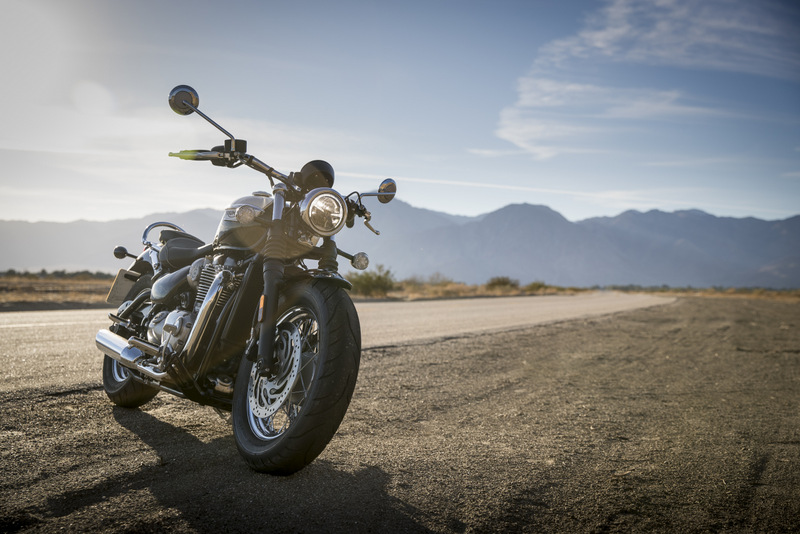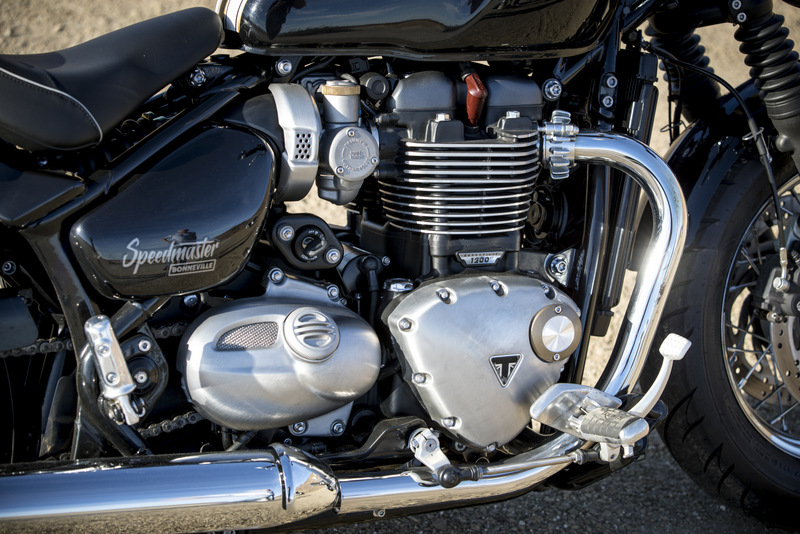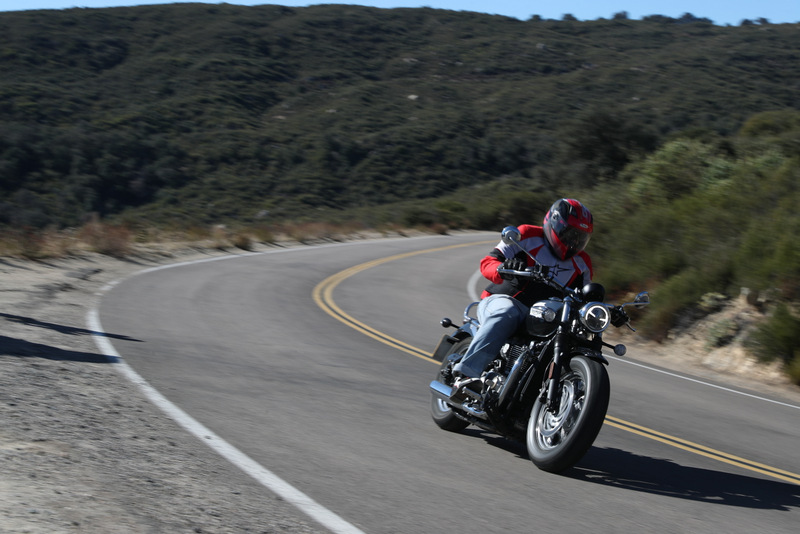
A seat height of 705 mm means the average Indian will be able to get both feet on the ground when perched in that cushy seat. The presence of the rear seat (even though it is easily removable when required) means the Speedmaster is also a little more practical than its Bobber sibling, with whom it shares so many underpinnings. The single-pod instrumentation, tubular steel twin-cradle frame, 16-inch spoke wheels, six-speed gearbox, and 1,200-cc High Torque (HT) parallel-twin engine are all essentially the same. In fact, even the power and torque output figures, 77 PS at 6,100 rpm and 106 Nm at 4,000 rpm respectively, are exactly alike. The suspension setup is a bit beefier on the Speedmaster to account for the extra weight coming from the pillion seat and the potential pillion sitting on it, though. The bike also comes with 310-mm Brembo twin-disc front brakes and a single 255-mm Nissin disc in the rear, along with ABS, traction control, ride-by-wire, two riding modes (road and rain), torque assist clutch, and cruise control.

The riding position takes a little getting used to on the Speedmaster, because your elbows are tucked in thanks to that unique handlebar design, which, in conjunction with the forward-set pegs, means you’re sitting fairly upright, with a lot of pressure directed straight to your tail bone. In fact, while I didn’t experience too much discomfort myself, there were more than a few mutterings from some of my fellow auto scribes on the ride. The clutch action is smooth off the line, and the gearbox slots in seamlessly. The second and third gears are very usable, meaning I didn’t need to keep working the transmission and could concentrate on taking in my spectacular surroundings instead. The engine has been tuned for low-end performance and the Speedmaster pulls comfortably from low revs, with power peaking at 6,100 rpm.



Leave a Reply